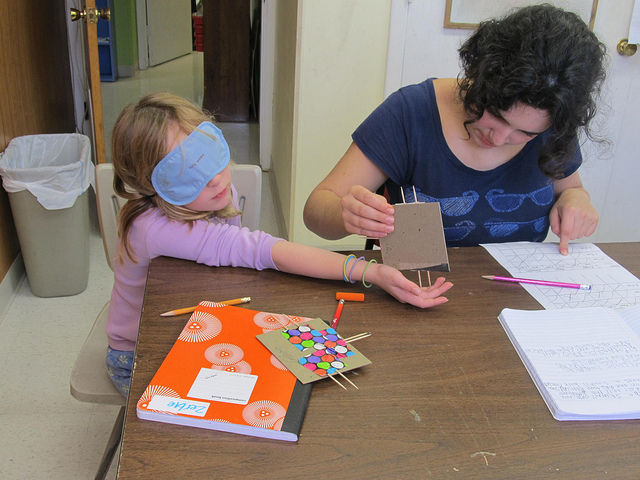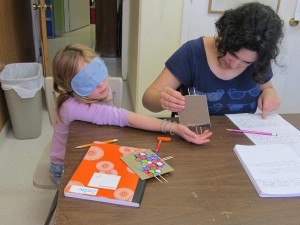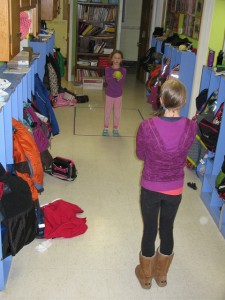For the first part of the year, the oldest students were part of a unit where they explored the scientific approach to problem solving and experimental design. Throughout the unit it was stressed that there are many different problem solving models. First students watched a video and discussed The Pellagra Story which showcased how Dr. Goldberger used the scientific method to observe and collect data about pellagra and how he came to his conclusion about its cause. Then they took part in a simulation of a clinical trial to investigate how medicines are tested. The class pooled their results and drew conclusions based on the data they collected. In our discussion key vocabulary was introduced: hypothesis, inference, control, evidence, variables, placebo, sample size, simulation and trade-off. Students discussed the ethical issues introduced when humans are the subject matter of a scientific study. Students conducted two other tests, for which they had to form a hypothesis, and analyze data collected. One experiment investigated why sensitivity to touch varies in different parts of the body. The second experiment explored whether the ability to catch a ball increases when using two hands as compared to one hand. For this experiment students had to identify all the possible variables such as catching with left hand or right hand, how good the thrower is, how high the ball in thrown, distance between the people, ball size etc. Finally as a conclusion to the unit the students designed their own experiment testing a single variable. Students had to consider how many trials they would complete and identify whether they had collected qualitative or quantitative data.
For the first part of the year, the oldest students were part of a unit where they explored the scientific approach to problem solving and experimental design. Throughout the unit it was stressed that there are many different problem solving models. First students watched a video and discussed The Pellagra Story which showcased how Dr. Goldberger used the scientific method to observe and collect data about pellagra and how he came to his conclusion about its cause. Then they took part in a simulation of a clinical trial to investigate how medicines are tested. The class pooled their results and drew conclusions based on the data they collected. In our discussion key vocabulary was introduced: hypothesis, inference, control, evidence, variables, placebo, sample size, simulation and trade-off. Students discussed the ethical issues introduced when humans are the subject matter of a scientific study. Students conducted two other tests, for which they had to form a hypothesis, and analyze data collected. One experiment investigated why sensitivity to touch varies in different parts of the body. The second experiment explored whether the ability to catch a ball increases when using two hands as compared to one hand. For this experiment students had to identify all the possible variables such as catching with left hand or right hand, how good the thrower is, how high the ball in thrown, distance between the people, ball size etc. Finally as a conclusion to the unit the students designed their own experiment testing a single variable. Students had to consider how many trials they would complete and identify whether they had collected qualitative or quantitative data.



